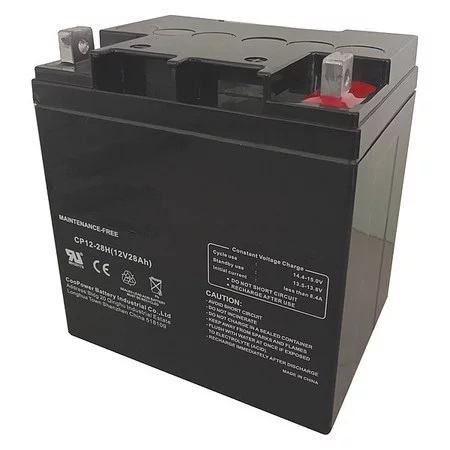The number of terminals on a lead-acid battery generally depends on the battery’s design and intended application. Here are some factors that can influence the number of terminals.
- Battery Configuration: Lead-acid batteries can be designed with different configurations, such as single-cell, dual-cell, or multi-cell. Each cell typically has two terminals: a positive terminal (anode) and a negative terminal (cathode). In a single-cell battery, there will be two terminals, while in a dual-cell battery, there will be four terminals (two positive and two negative), and so on.
- Voltage: The number of cells in a lead-acid battery determines its voltage. For example, a 12-volt lead-acid battery typically contains six cells (each with a nominal voltage of 2 volts), resulting in two terminals (positive and negative). A 24-volt battery would have twice as many cells and terminals.
- Series vs. Parallel Connections: In some cases, lead-acid batteries may be connected in series or parallel to achieve a desired voltage or capacity. When batteries are connected in series, the positive terminal of one battery is connected to the negative terminal of the next battery, resulting in a higher total voltage. When batteries are connected in parallel, the positive terminals are connected together, as are the negative terminals, resulting in a higher total capacity. The number of terminals will depend on the specific configuration.
- Terminals for Accessories: Some lead-acid batteries may have additional terminals for connecting accessories, such as monitoring systems, charging ports, or external loads. These terminals are typically separate from the main positive and negative terminals used for the battery’s primary function.
- Battery Type: Different types of lead-acid batteries, such as flooded, gel, or AGM (absorbent glass mat), may have different terminal configurations based on their internal construction and intended use. For example, AGM batteries often have threaded terminals for secure connections, while flooded batteries may have traditional bolt-style terminals.
- Manufacturer Design: Ultimately, the number and configuration of terminals on a lead-acid battery are determined by the manufacturer’s design and specifications. Different manufacturers may offer batteries with different terminal configurations to meet various customer needs and applications.
In summary, the number of terminals on a lead-acid battery depends on factors such as its voltage, configuration, and intended use, as well as the manufacturer’s design choices.


